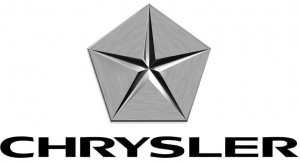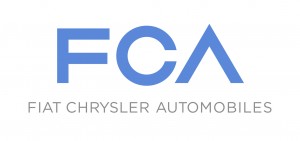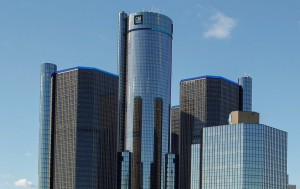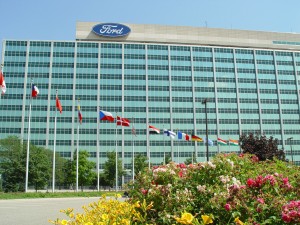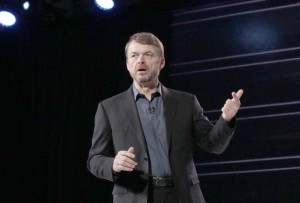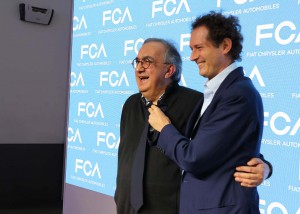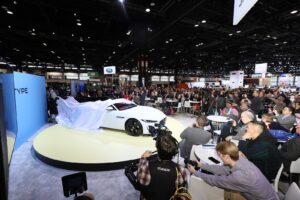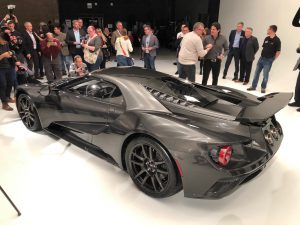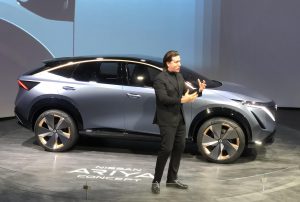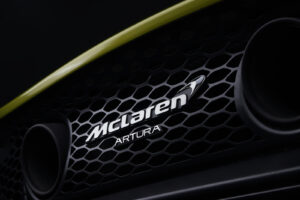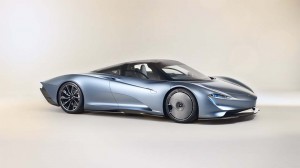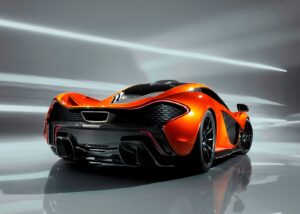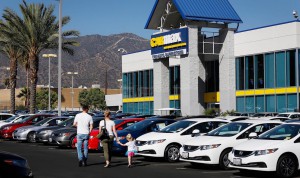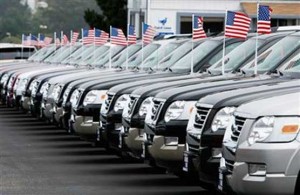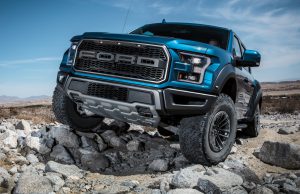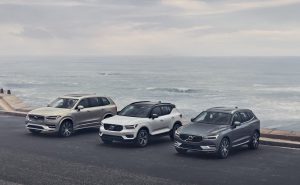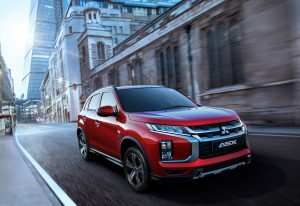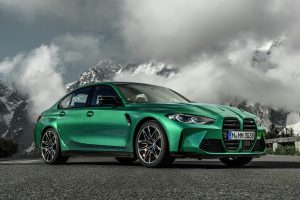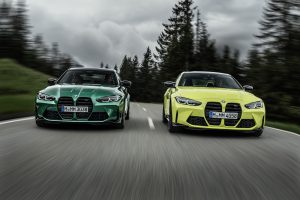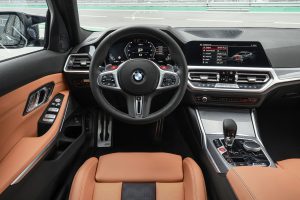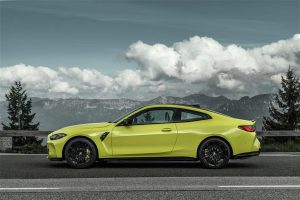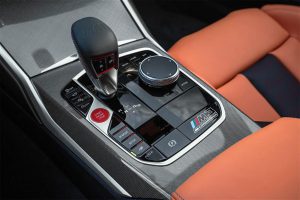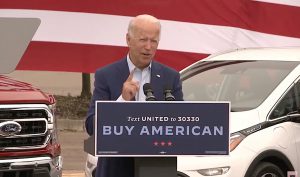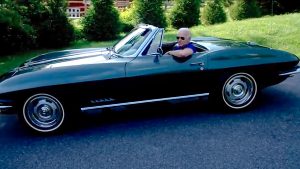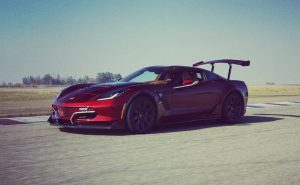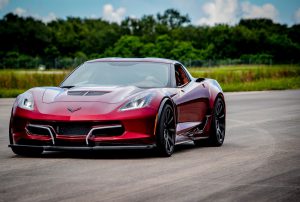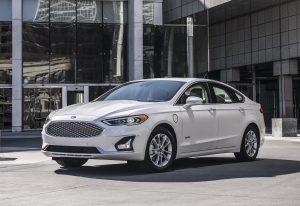
The last Ford Fusion rolled off the line earlier this summer as part of the automaker’s plans to shift away from sedans.
It’s been a tumultuous year for the auto industry, something that would have been likely even if we didn’t have a deadly pandemic delivering such a shock. If anything, the slump in sales has forced automakers to take a good, hard look at their product portfolios and consider pulling the plug on models that haven’t been delivering.
At the moment, we know of at least 18 different products that won’t be back in 2021 trim, and we’d not be surprised if a few more fade away mid-model year.
What you’ll likely notice is that virtually every vehicle on the list falls in the passenger car segment. No surprise there, either, considering the steady shift from sedans and coupes to SUVs and CUVs. With the departure of the Ford Fusion, Lincoln Continental and Lincoln MKZ Ford Motor Co. is effectively out of the passenger car business – with the exception of the Mustang. And other brands aren’t far behind.
(End of an era at Ford as last Fusion rolls of production line.)
Here’s a look at the soon-to-be-departed models we already know about.
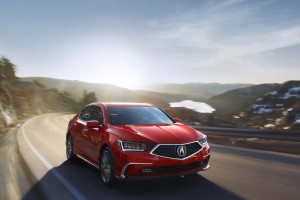
Acura sold just 600 unit of the RLX in the first half of this year and that number isn’t really expected to rise.
Acura RLX: The heir to the once legendary Acura Legend was positioned as the top end of the Japanese luxury brand’s line-up. But the RLX has lost most of its momentum, demand all but drying up over the last several years. With Acura selling barely 600 units during the first half of 2020, likely few will even notice its departure.
Alfa Romeo 4C: This quirky little sports car was never expected to sell in big numbers, the original coupe and spider convertible that followed intended to create buzz around the return of the Alfa brand to the U.S. market after a nearly quarter-century absence. The 4C did create plenty of interest – but few sales and virtually no halo effect for the still struggling Alfa marque.
BMW i8: One of the two original models in BMW’s groundbreaking electric “i” brand, the i8 was seductively styled and featured a technically intriguing plug-in hybrid drivetrain. But its high cost and relatively low power didn’t set enough hearts aflutter. For now, the automaker is taking a different, all-electric tack as it prepares a second wave of products for BMW i.
Buick Regal: One of the longest-running nameplates on the U.S. market, Regal was once a powerhouse for a brand that is, today, rapidly shifting from sedans to SUVs. In fact, with the demise of Regal, Buick will sell only utility vehicles in the U.S. going forward.
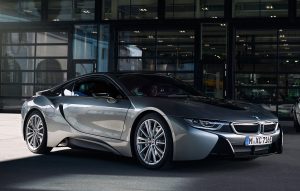
BMW is ending the run of its i8 PHEV sports coupe to focus on other electric vehicles.
Cadillac CT6: Parent General Motors insists it is not giving up on sedans, and Caddy will continue with the new CT4 and CT5 models, but the flagship CT6, despite generally favorable reviews, has reached the end of its run. Curiously, while Cadillac is launching the all-new high-performance Blackwing line, the CT6 was the only model ever to offer the Blackwing V-8 engine.
Chevrolet Impala: The bowtie brand is only a step behind crosstown rival Ford in shifting to utility vehicle, especially with the demise of the big Impala following the smaller Cruze model into the nameplate scrapyard. Like Buick’s Regal, the nameplate had been in use, though not continuously, for more than six decades.
(End of the Run: the last Chevy Impala rolls off the line.)
Chevrolet Sonic: A decade ago, Chevy set out to prove it could build small cars profitably in the U.S. market, and it looked like it had succeeded with the launch of the original Sonic. Of course, with gas at record prices, there was reason for Americans to buy a car like the Sonic. These days, SUVs and CUVs are the ticket and this, the last subcompact assembled in the U.S., will soon be a memory.
Dodge Grand Caravan: Typically counted on the truck side of the ledger, minivans haven’t fared nearly as well as SUVs and CUVs and, during the past decade, the number of options has been steadily dwindling. With the demise of the Grand Caravan, there will now be just one people-mover, the Chrysler Pacifica, offered by Fiat Chrysler, the company generally credited with inventing the modern minivan.
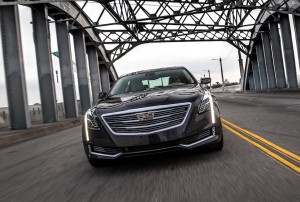
Despite it performing fairly well, Cadillac gave the CT6 the ziggy.
Dodge Journey: The Dodge Journey has been a crossover that reviewers and buyers alike have never taken a shine too. Its styling is forgettable, it is available only in front-wheel drive and it has little else going for it. Add the decision to have Dodge focus exclusively on muscle cars and the demise of the Journey was mercifully welcome.
Ford Fusion: The end of the road has finally come for Ford’s once widely popular passenger car line-up. That saddens those who remember the 2007 launch of the midsize Fusion which, at the time, featured one of the most striking designs on the market. Combine the fact that Ford did little to update Fusion as sedan sales started dwindling and its departure was preordained.
Honda Civic Si and Civic Coupe: There should be no surprise the compact coupe version of the Civic is going away. Two-doors are an increasing rarity these days, even more endangered than sedans. As for the four-door Civic Si, Honda seems intent on getting performance buyers to focus on the newly updated Civic Type R, though word has it the Si will be gone for only a year or so before returning to the line-up.
Honda Fit: This small hatchback seemed to have so much promise when it was introduced mid-decade, thanks to an unexpectedly roomy interior and flexible seating system. But subcompacts simply don’t sell these days, not on the passenger-car side, anyway. Instead, Honda hopes it can steer buyers over the the HR-V crossover, instead.
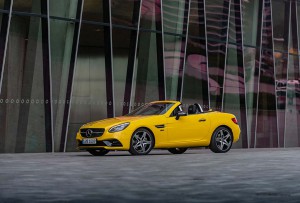
Mercedes-Benz is putting an end to its small roadster, but it’ll go out with a bang with a “Final Edition” package.
Lexus GS: There was a time when the GS sedan was nearly as much a powerhouse nameplate as the Lexus RX, but crossovers have won the battle and demand for the sporty sedan has largely evaporated. With a full range of SUVs and CUVs in showrooms, Lexus simply didn’t need to waste resources keeping the GS fresh.
Lincoln Continental: It’d be easy to say the Continental was simply the victim of declining sedan sales but the truth is that it just didn’t have the looks, features or basic mojo needed to compete with comparable European and Asian alternatives. Worse, Lincoln got spanked for losing the spark of the Continental concept vehicle this was supposed to be based on.
Lincoln MKZ: With steadily dwindling demand for luxury sedans, and with plenty of SUV/CUV alternatives in its line-up, it’s no surprise Lincoln might consider offloading the four-door model originally known as the Zephyr. But its fate was assured when Ford decided to pull the plug on the more plebian Fusion model that shares the same, underlying platform and assembly plant.
Mercedes-Benz SLC: Originally known as the SLK, this compact two-door sports coupe made a buzz early on, in part due to its origami-style folding hardtop, as well as a reasonably affordable entry prices. But the German marque over-extended its line-up over the past few decades and is rationalizing its mix, starting with the SLC. Don’t be surprised to see other passenger car variants follow.
(And another one bites the dust: farewell Mercedes SLC.)
Toyota Yaris: To hear tell from Toyota, it’s firmly committed to the passenger car market – but not enough to prop up this slow-selling subcompact in an SUV-centric market. Even offering both hatchback and sedan versions couldn’t bring enough shoppers into showrooms – all the more surprising since Toyota held down development costs by sharing platforms with the Mazda2 which soldiers on alone.
